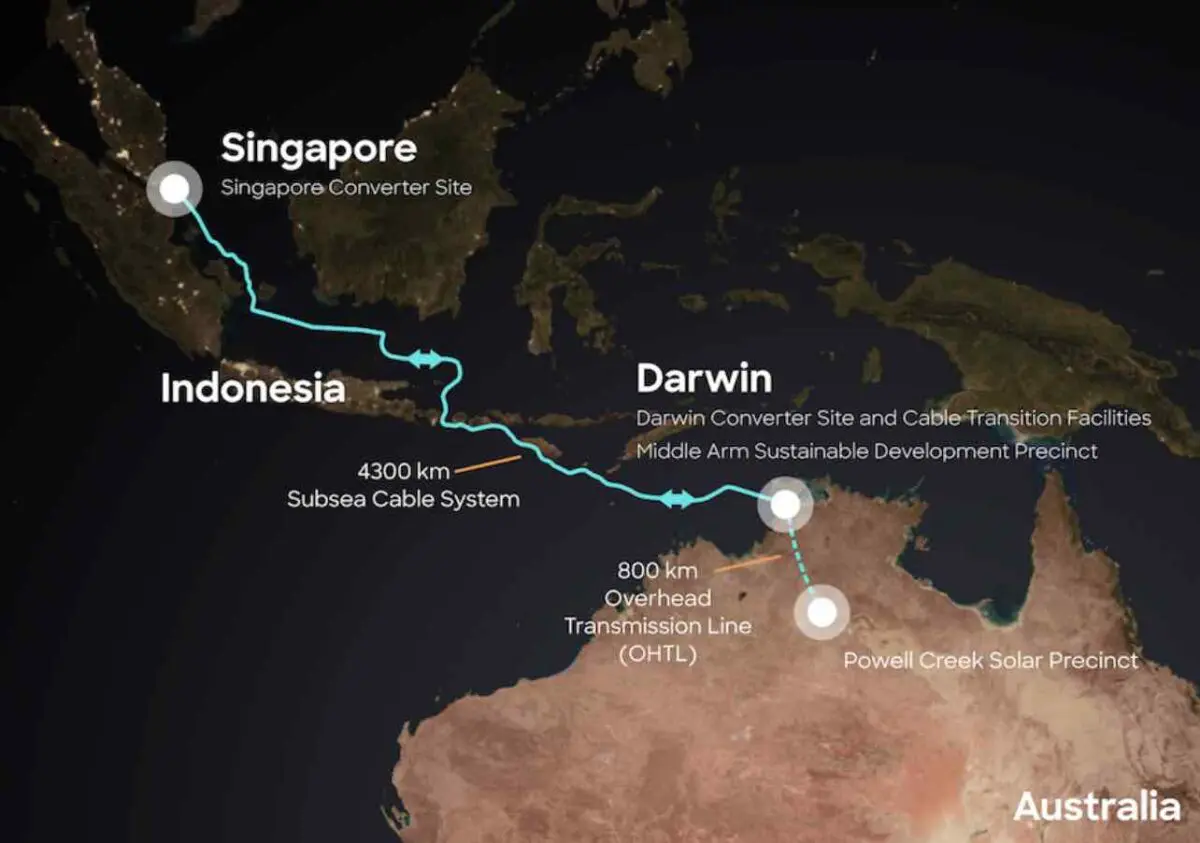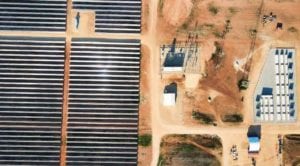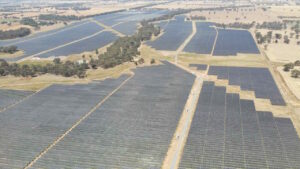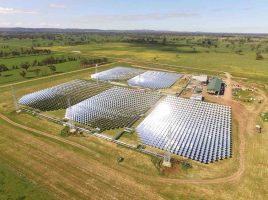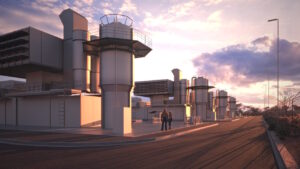Sun Cable’s massive renewables and storage project in the Northern Territory has passed another major hurdle, winning environmental approvals for key components what it describes as the “world’s biggest” renewable propect.
The NT Environmental Protection Authority (EPA) has given environmental approval for up to 10 gigawatts of solar and storage and the the transmission line and associated infrastructure that will deliver the power from Elliott to Darwin, and possibly later to Singapore.
Sun Cable says the environmental approvals mean Sun Cable can move ahead with development, commercial, and engineering activities needed to get to a final investment division in 2027. Electricity production is expected for the 2030s.
“SunCable is founded with the belief that Australia can lead the world’s energy transition,” said SunCable Australia managing director Cameron Garnsworthy.
“AAPowerLink presents a unique opportunity for the Northern Territory to be at the forefront of this global shift through the development of its world-class renewable energy resources to supply customers in Darwin and Singapore with 24/7 green electricity.
“This will underpin a new wave of green industrial development in the NT, via prospective projects that include green minerals, hydrogen, e-fuels, and data centres.”
The Sun Cable project has morphed on several occasions since first being unveiled in 2018.
In its latest iteration the plans to build a 20 GW solar farm has been modified to potentially halve the solar component and replace it with wind, which in turn would mean lowering the storage component back from 42 gigawatt hours to a still massive and world-beating 32 GWh.
The most recent plan is to build the project in two stages, the first targeting domestic customers in the NT, particularly green industries within the Middle Arm industrial park and other centres, and then via a 4,300 kms subsea cable to Singapore.
The future of the huge project was in doubt last year after a dispute of the direction of the company between major shareholders Mike Cannon-Brookes and Andrew Forrest sent it into voluntary administration.
Cannon-Brookes won that round, and Quinbrook Investments entered the scene to restart the potentially $30 billion project, starting with a first stage of solar and storage construction with a focus on the domestic market.
The size of the Sun Cable ambition doesn’t make it immune from competitors
In August last year Singapore-based Vena Energy signed an agreement with China solar giant Suntech and energy storage manufacturers Powin and Rept Battero to establish PV and battery production lines in the Riau islands, just across the channel from Singapore.
It aims to produce the parts for a Sun Cable-like megaproject that can transport 2GW of solar power capacity, and if it does that could force the Australian company to look for new customers or pivot.
Bird impacts
The NT EPA considered six alternate routes for the overhead power lines from the solar farm to Darwin, to avoid “potential significant impacts” on the Kohinoor Adit Ghost bat colony.
It also considered putting the Darwin converter station at the Middle Arm industrial site but this was rejected due to the development being planned for the precinct there. Instead Murrumujuk just north of Darwin will be the jumping off point to Singapore.
The solar farm is planned for a site that is 10km south of Lake Woods, a freshwater lake that is an important wetland habitat for breeding waterbirds and migrating shorebirds.
The NT EPA noted that there’s no data available on how waterbirds are affected by 12 hectares of solar panels near their usual watercourse.
One condition it made around the bird issue was that Sun Cable will need to monitor the way its solar farm affects local birdlife, but only after the farm is built, and build in mitigation if it turns out too many are being harmed.

